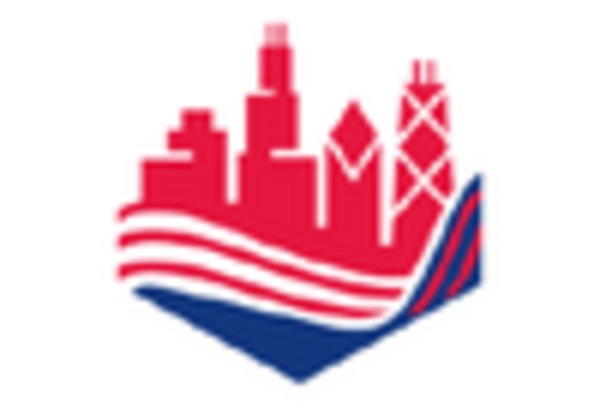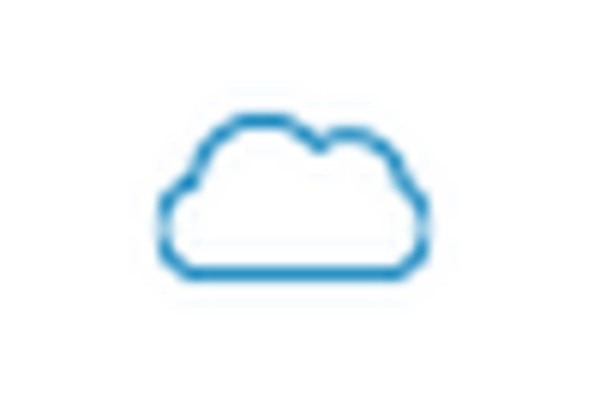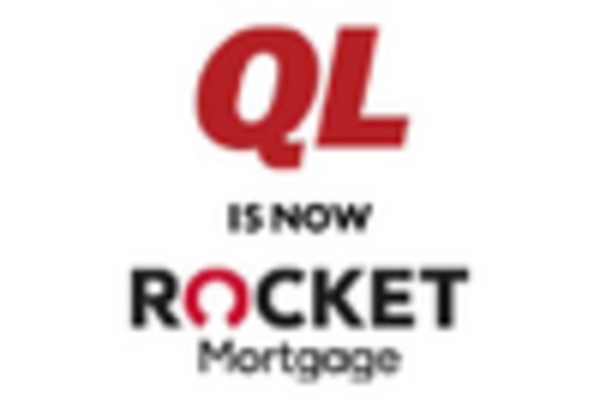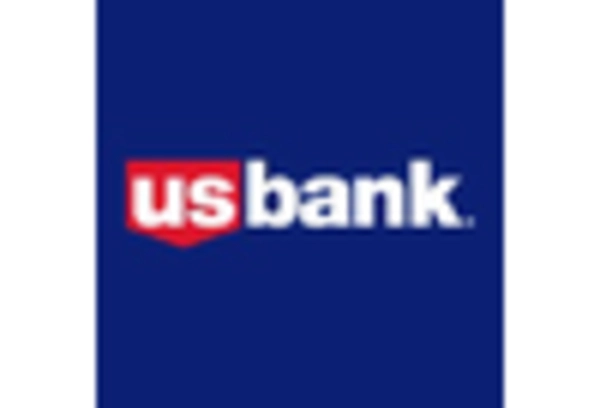Increased Foreign Investment
Increased foreign investment in the GCC region is emerging as a significant driver of the mortgage lending market. As international investors seek opportunities in real estate, the demand for residential properties rises, leading to a greater need for mortgage financing. The influx of foreign capital can elevate property values, which may encourage local buyers to seek mortgages to secure their investments. The mortgage lending market must adapt to this trend by offering tailored products that cater to both local and foreign investors. Additionally, regulatory frameworks may evolve to accommodate this growing interest, potentially leading to more favorable lending conditions for all parties involved.
Low Interest Rate Environment
The current low interest rate environment significantly influences the mortgage lending market. Central banks in the GCC have maintained low benchmark rates to stimulate economic growth, which has resulted in mortgage rates hovering around 3% to 4%. This favorable borrowing climate encourages potential homeowners to secure mortgages, thereby increasing the volume of lending. The mortgage lending market benefits from this trend as more individuals are likely to take advantage of lower monthly payments. Additionally, refinancing opportunities arise, allowing existing homeowners to lower their interest costs. However, lenders must remain vigilant, as prolonged low rates could lead to increased competition and pressure on profit margins.
Rising Population and Urbanization
The mortgage lending market is experiencing growth driven by the rising population and urbanization in the GCC region. As more individuals migrate to urban areas in search of better employment opportunities, the demand for housing increases. This trend is reflected in the population growth rate, which is projected to reach approximately 2.5% annually in several GCC countries. Consequently, the need for residential properties intensifies, leading to a surge in mortgage applications. The mortgage lending market must adapt to this increasing demand by offering diverse financing options to cater to various income levels. Furthermore, urbanization often leads to the development of new housing projects, which can stimulate competition among lenders, potentially resulting in more favorable terms for borrowers.
Government Initiatives and Subsidies
Government initiatives and subsidies play a crucial role in shaping the mortgage lending market. Various GCC governments have introduced programs aimed at making homeownership more accessible, particularly for first-time buyers. For instance, some countries offer interest rate subsidies or down payment assistance, which can reduce the financial burden on borrowers. These initiatives are designed to stimulate the housing market and promote economic stability. The mortgage lending market is likely to see an uptick in applications as these programs gain traction. Furthermore, such government support can enhance the overall affordability of housing, making it easier for individuals to enter the market and secure financing.
Technological Integration in Lending Processes
The integration of technology into the mortgage lending market is transforming how lenders operate and interact with customers. Digital platforms and online applications streamline the mortgage process, making it more efficient and user-friendly. This technological advancement allows lenders to assess applications more quickly, reducing the time it takes for borrowers to receive approvals. The mortgage lending market is likely to benefit from increased customer satisfaction as a result of these innovations. Moreover, data analytics can enhance risk assessment, enabling lenders to make more informed decisions. As technology continues to evolve, it may also lead to the emergence of new lending models, further reshaping the competitive landscape.

















Leave a Comment